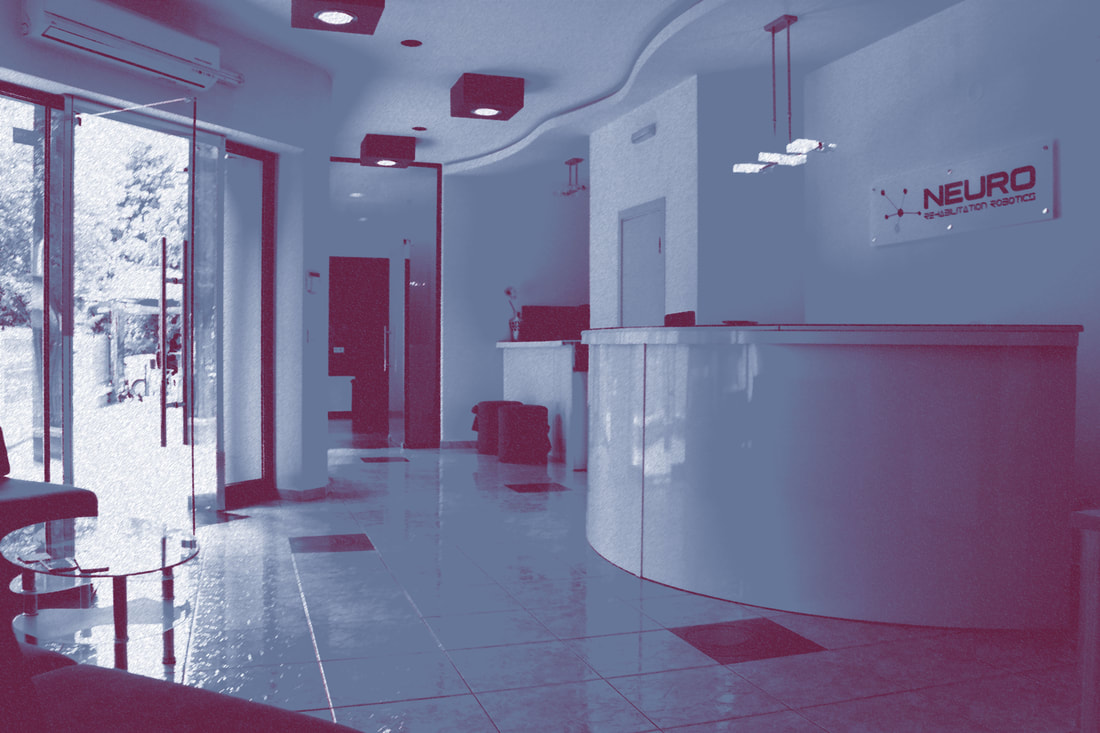|
The face of robot-assisted neurorehabilitation has progressively transformed over the last few years. While traditional neurorehabilitation procedures treating the most common neurological conditions such as stroke, spinal cord injury, Parkinson's disease, spasticity, severe brain injury and cognitive disorders may have limited effectiveness, new technologies have reportedly significantly improved the effectiveness of rehabilitation strategies for theses ailments. Robot-assisted training may be supplemented with new and emerging technologies to further increase the improvement of function for patients including the application of virtual and augmented reality and non-invasive brain stimulation (NIBS) or a form of functional electrostimulation. When paired with robot-assisted technologies these tools enhance both the intensity and quality of neurorehabilitation by manipulating brain excitability and plasticity. Other new technologies can further help recover the wellbeing and increase the quality of life of patients during and after rehabilitation therapy including various forms of assistive technology and domotics.
Novel applications of advanced technologies for neurorehabilitation have a beneficial effect on reliable measurements plasticity. The functional MRI, high-density EEG and near infrared spectroscopy are rapidly confirming outcome measures. The creation of translational and back-translational models ensures the formation of a solid neurobiological evaluating current approaches to disorders. New approaches during the acute phase of neurological ailments, most crucially research on the most appropriate timing of the intervention, play an important role in further optimizing neurorehabilitation. Neurological rehabilitation programs dealing with diseases, injury, or disorders of the nervous system can be performed on an inpatient or outpatient basis, and at times a combination of both. In addition to the neurologist (or neurosurgeon), orthopedist (orthopedic surgeon), physical or occupational therapist and other rehabilitation specialists, a number of skilled professionals can be included in the neurological rehabilitation team; psychologists/psychiatrists, physiatrist and internists, other specialty doctors, registered dietitians, speech and language therapists, audiologists, social workers and case managers, as well as recreational therapists among others. Complementary activities that may be used in combination with robotic neurorehabilitation therapies include:
Neuro Rehabilitation Disorders:
While evidence-based medicine was, to a degree, somewhat difficult to apply in the field of neurorehabilitation, there is a renewed interest in data-driven systematic reviews and meta-analyses, and a recent increase in participation and interest in consensus conferences. Furthermore, new randomized controlled trials exploring and evaluating combined drug and physiotherapy treatments are emerging, lending more visibility in the field of neurorehabilitation in general, while improving function and reducing symptoms for the individual patient. |
|
|
Hours: Monday - Friday: 8am to 6pm Saturday - 8am to 2pm |
About us:Neurorehabilitation Robotics Ltd. is a private company focused on delivering effective and measurable primary care to patients suffering from different forms of neural damage by supplementing traditional therapy with robotics-assisted protocols.
|
|
Neurorehabilitation Robotics Ltd
|


 RSS Feed
RSS Feed
